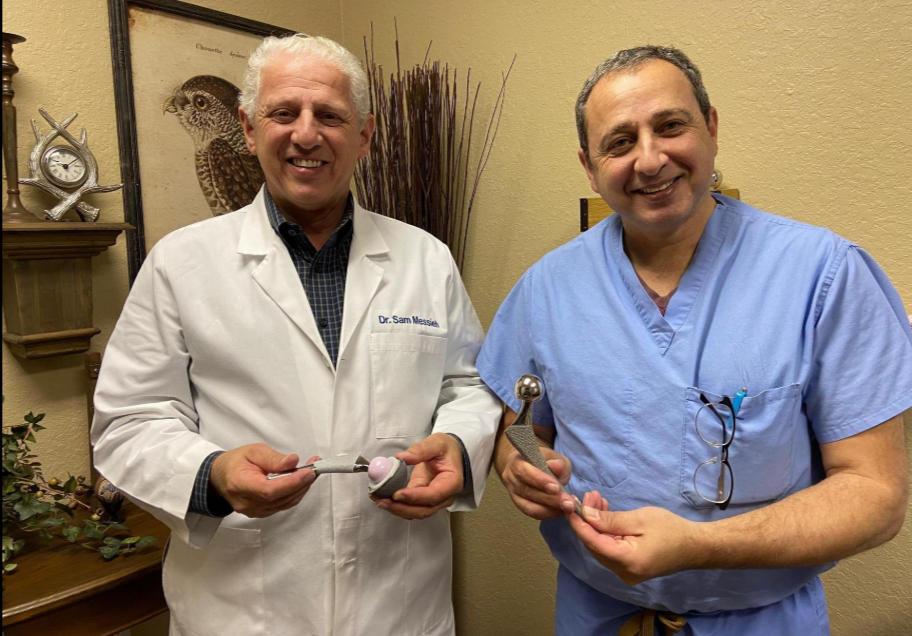
Posted Mar 4, 2020 at 2:41 PM
Patients who otherwise are fairly healthy and have a good support system are good candidates for outpatient total hip replacement surgery, but Polk patients who are considering it need to ask some questions, experts say.
Patients getting a total hip replacement because of degenerative joint damage from arthritis can expect to be out of bed and on a walker within hours of their THR surgery.
Those who are healthy and have THR on an elective basis are likely to be released from the hospital in fewer than 48 hours.
Total hip replacement is the surgical replacement of the ball and socket of the hip joint with artificial parts.
With results like that, it’s probably not surprising Centers for Medicare and Medicaid Services on Jan. 1 removed total hip replacement from its list of procedures that must be done as “inpatient” surgery.
That paves the way for those procedures to be done on an outpatient basis, which Dr. Samuel Messieh, medical director of Winter Haven Hospital’s joint replacement program, said already is the case for a majority done in Polk County.
Patients who otherwise are fairly healthy and have a good support system are good candidates for outpatient THR surgery, said Dr. Michael S. Messieh, who does total joint replacements at AdventHealth Heart of Florida.
The professional association representing orthopedic surgeons, however, has concerns about what the change could mean for patients.
Unintended consequences of allowing total knee replacements to be done as outpatient surgery “continue to plague Medicare providers and threaten patient safety,” the president of the American Association of Orthopaedic Surgeons said in a news release last fall.
CMS, seeking to reduce cost, removed total knee replacement from the inpatient-only list two years ago.
AAOS says it’s “very disappointed” hip replacement is on the same path.
Dr. Richard Crank of Lakeland Regional Health Physician Group said he expects Medicare’s willingness to allow total hip replacement as an outpatient procedure may spur more hospitals to have specialized centers within the hospital for outpatient joint replacement.
Crank does his total joint replacements at LRH Medical Center.
Could this Medicare change lead to some total hip replacements being done at ambulatory surgery centers instead of at hospitals, where the procedure typically is done now?
Taking responsibility
That’s something patients need to be aware of and ask appropriate questions if a surgeon recommends an ASC, a freestanding outpatient center.
“Some facilities lack experienced staff, adequate equipment, optimal implant inventory and best practice safety protocol,” Samuel Messieh said.
Taking some hip-replacement patients to freestanding centers while most are in hospitals “may be exposing patients to a less-optimal environment,” he said.
The three orthopedic surgeons interviewed are among the highest-volume surgeons for total hip replacements in Polk. Each said this county’s ambulatory surgery centers aren’t set up for the extended hours, oversight and volume needed for a good total joint replacement program.
Nationwide, total joint replacements were being done at more than 250 ambulatory surgery centers, according to a March 2019 article in Becker’s ASC Review. Twenty-six listed were in Florida (none in Polk).
Ask the surgeon about whether a facility is set up to handle a sufficient number of these procedures. Ask about the number he or she does.
Research has shown surgeons with high volumes and extensive experience in total joint replacements have better results.
Find out about a facility’s complication rates, re operations, re admissions, mortality rates and, if a freestanding facility, hospital transfers. State and government websites offer varying amounts of data.
Does the doctor or facility have a specific surgical team trained in joint replacement? That’s important for good outcomes, Michael Messieh said.
Outpatient doesn’t mean leaving the afternoon or evening of the morning you have surgery. It means less than a two-midnight stay.
“Most of my patients are just in overnight and they go home the next morning,” said Samuel Messieh, calling 23 hours “the sweet spot” he strives for.
Crank said his average stay is 1.8 days for elective total hip replacement.
Patients with chronic obstructive heart disease, congestive heart failure or depression are examples of conditions for which patients would need longer monitoring after total hip replacement, Crank said.
After surgery
The surgeon may say your rehabilitation can be done at home.
“Nursing homes are not your answer after elective hip replacement surgery,” Crank said.
He believes strongly in hip replacement patients recuperating at home, unless their other health conditions or lack of supportive care at home prevent it.
Those who go home can get home health care visits and physical therapy three times a week if they need it, Crank said.
Some patients may not need physical therapy for long or at all once they leave the hospital where that therapy begins.
Patients typically are on a walker before progressing to a cane.
“There’s no shame in using a cane,” Crank said. “There’s a lot of shame in falling and breaking something.”
Michael Messieh and Samuel Messieh are strong proponents of the anterior approach to joint replacement, which is how both do their hip replacements.
That’s entering from the front and working between the muscles.
It provides patients with less pain and quicker rehabilitation, they said.
Crank said he uses either the anterior approach or the more traditional posterior approach, depending on characteristics of the individual patient.
“It matters that you put it in right,” Crank said. “You want it done right and safely.”
There are medications given before surgery to block pain receptors and prevent nausea, as well as choices in anesthesia, he said.
Doctors have been successful at reducing use of opiods for pain relief. Eliminating pain caused by a damaged hip also reduces need for opiods, Samuel Messieh said.
Story as originally published by Robin Williams Adams in The Ledger serving Polk County, Florida.
